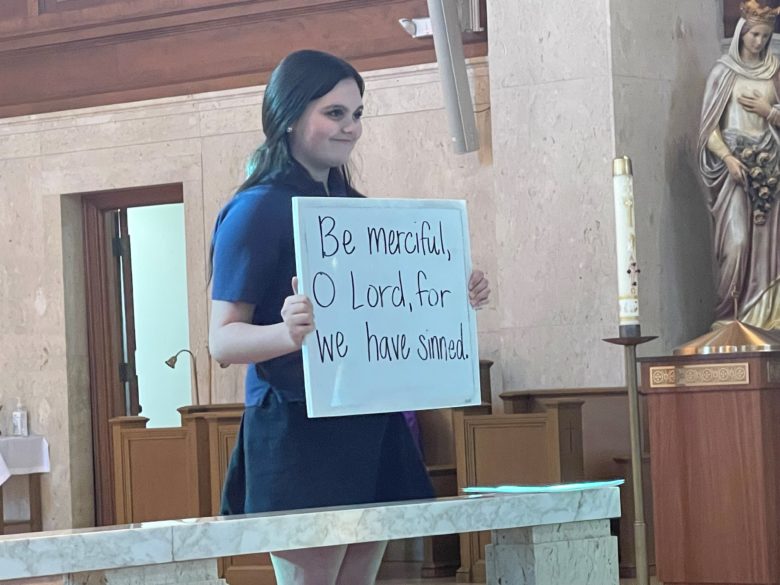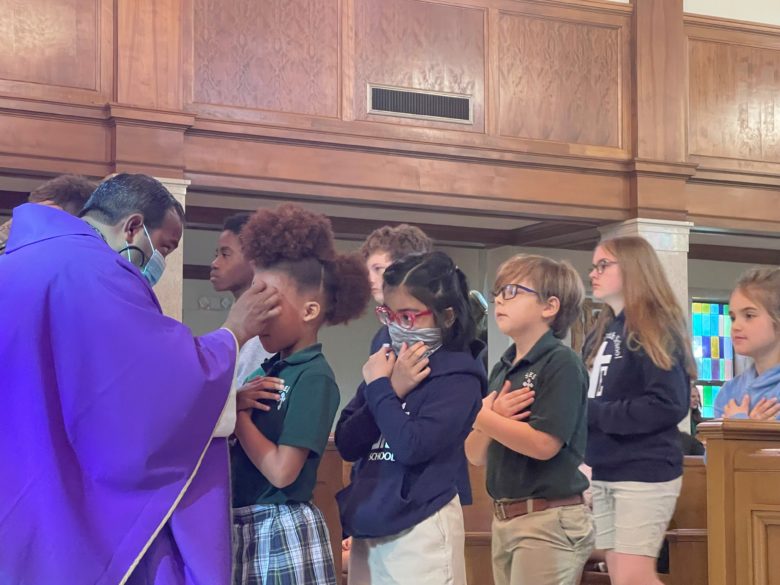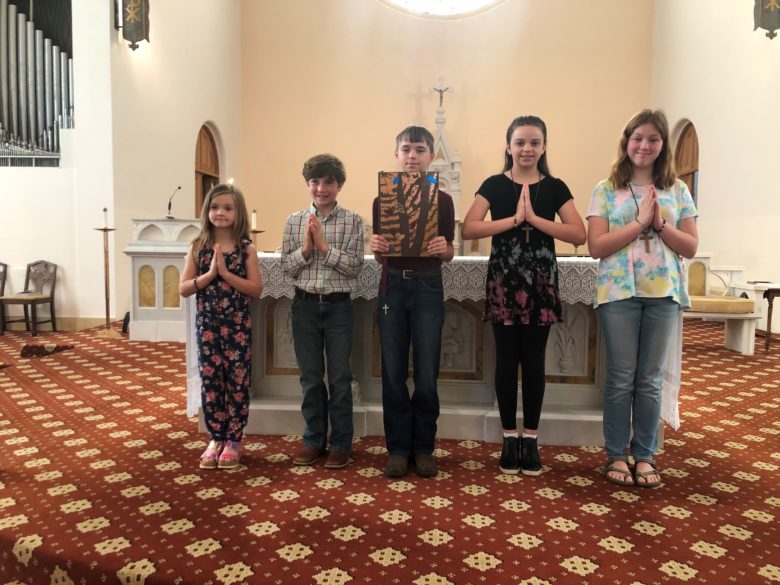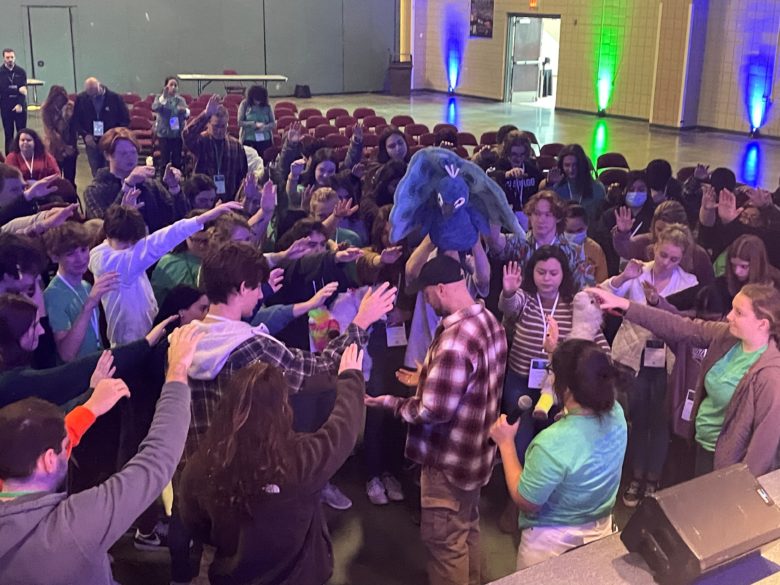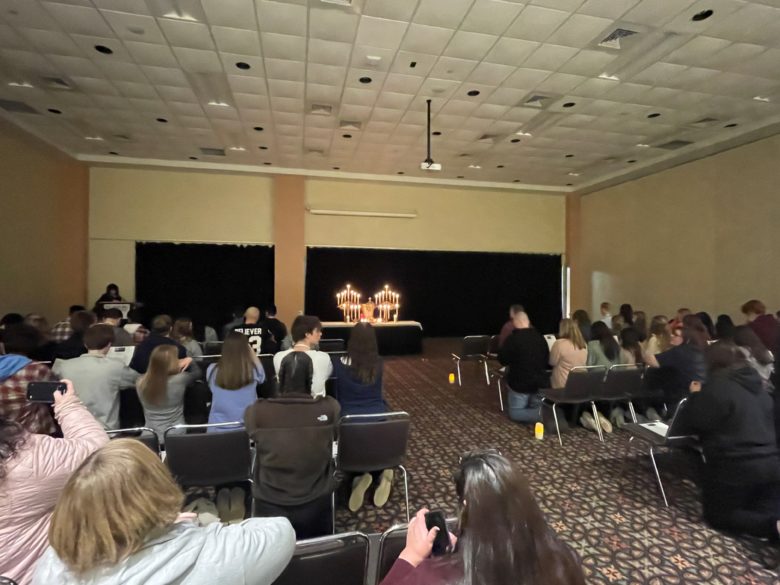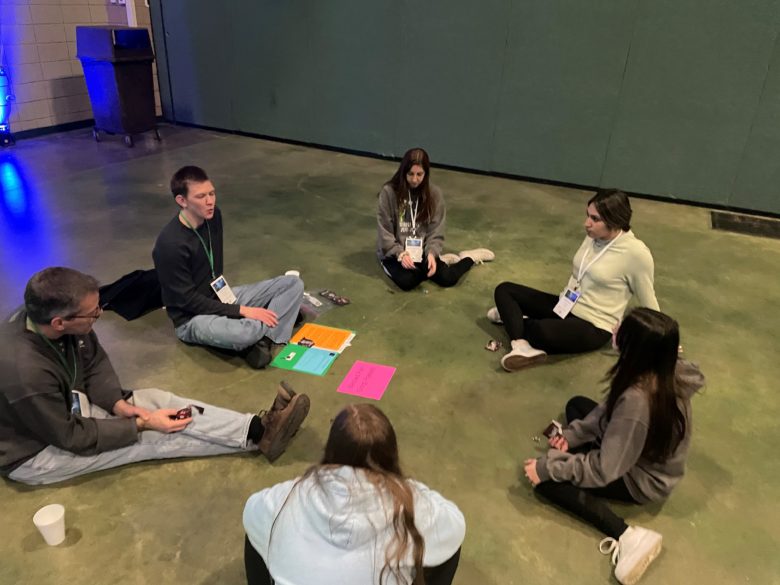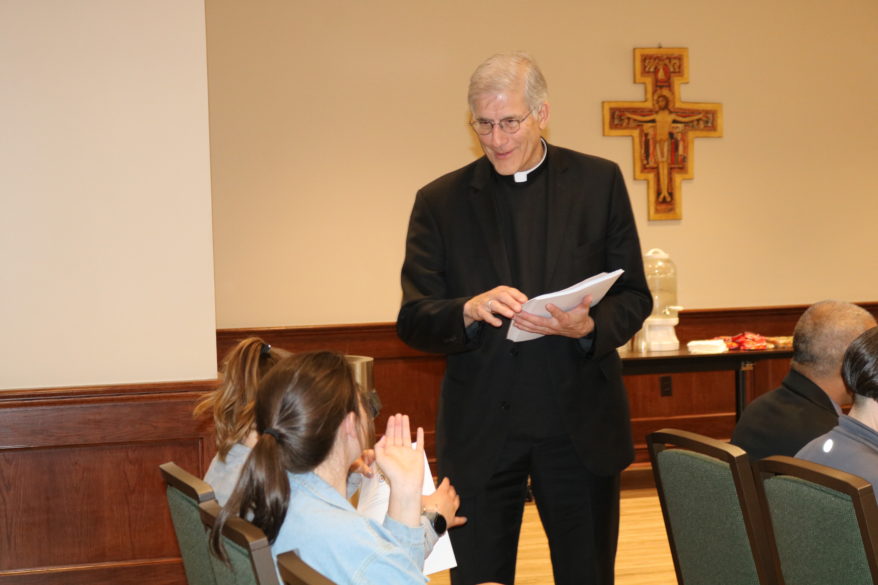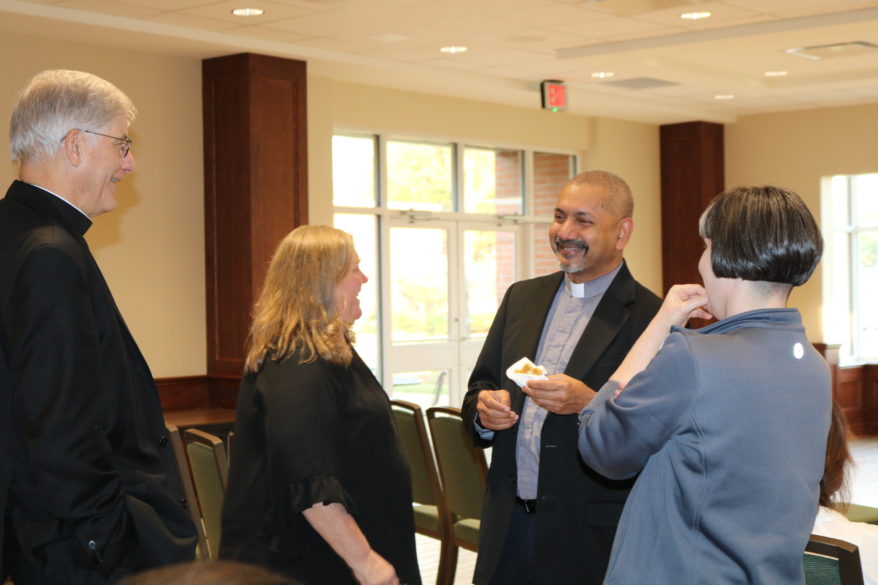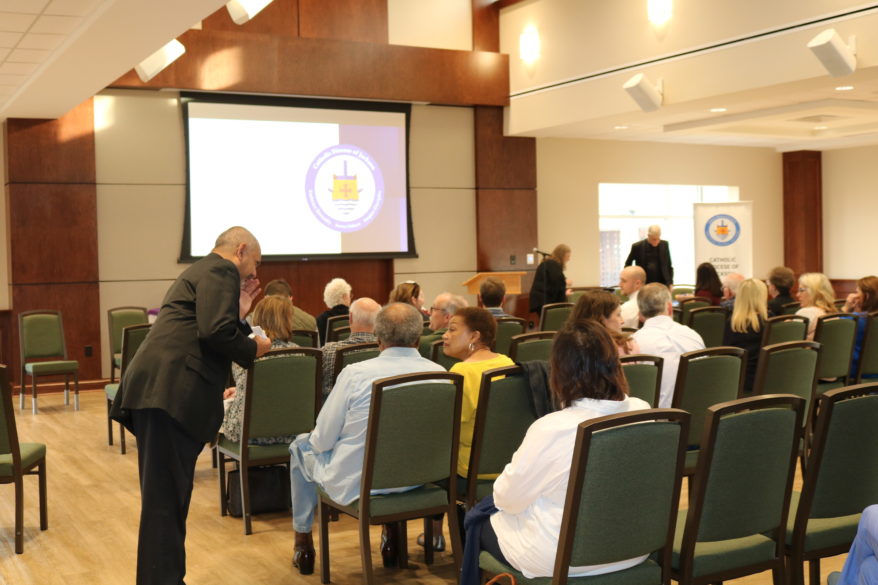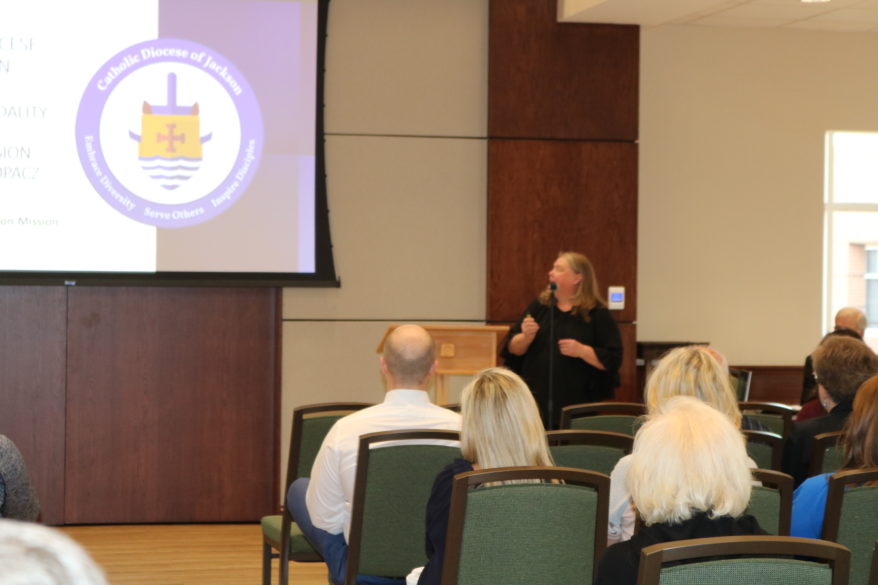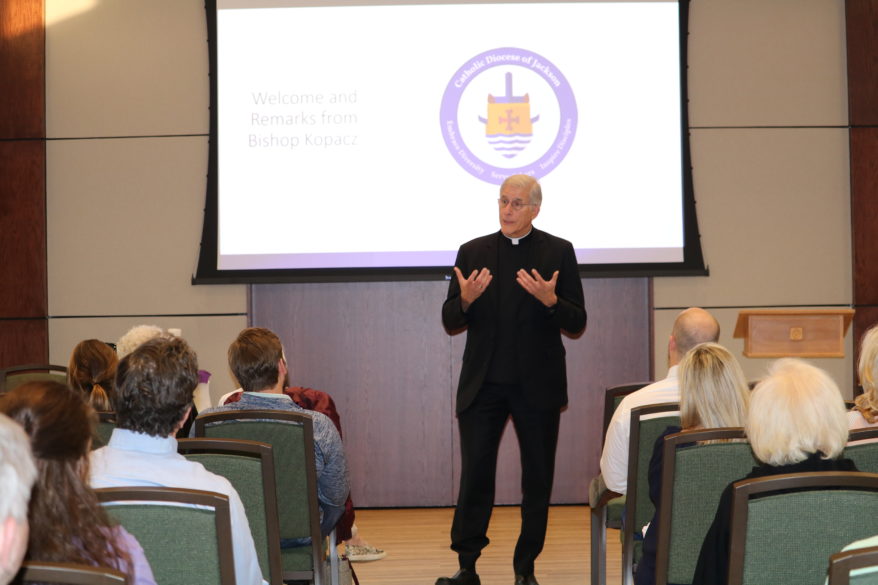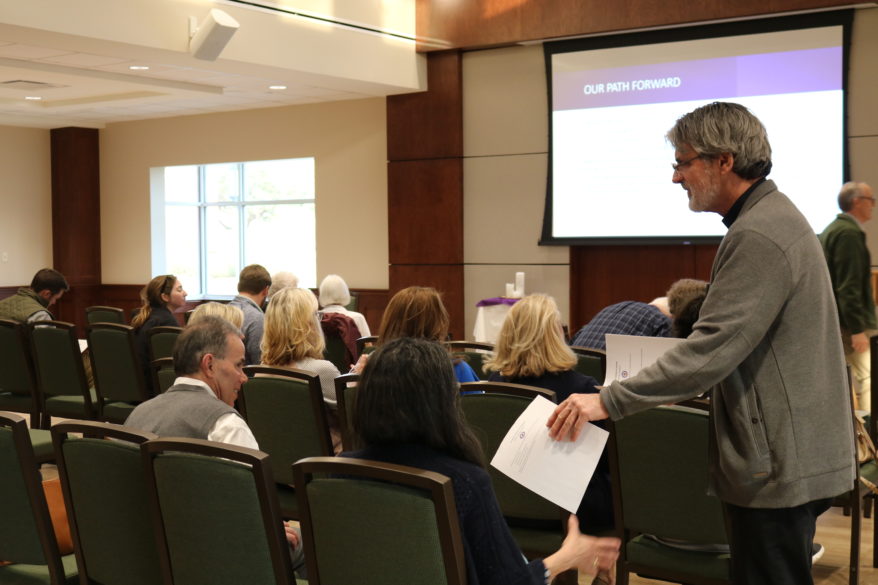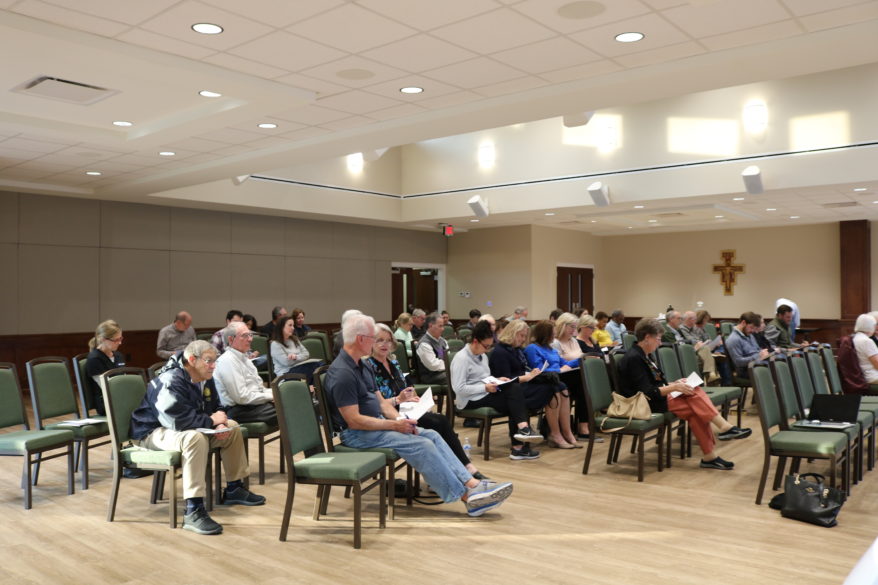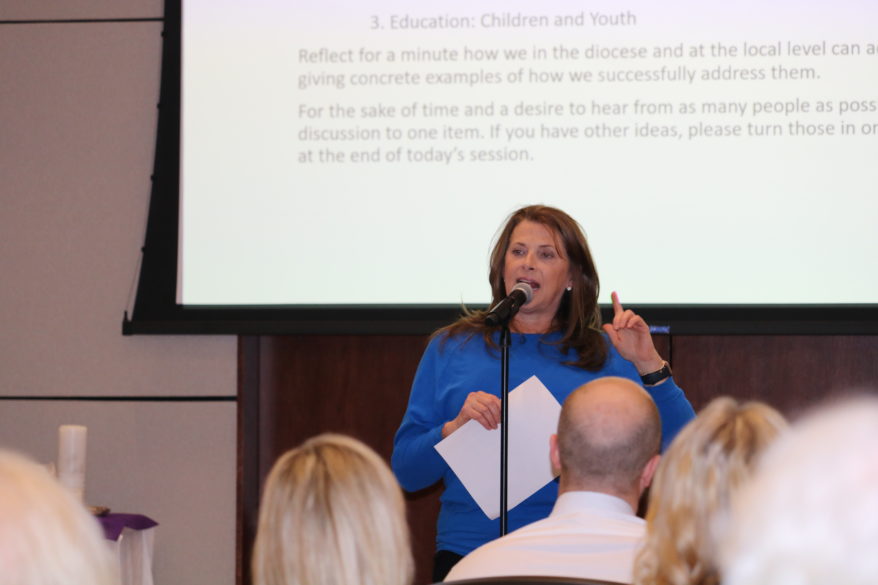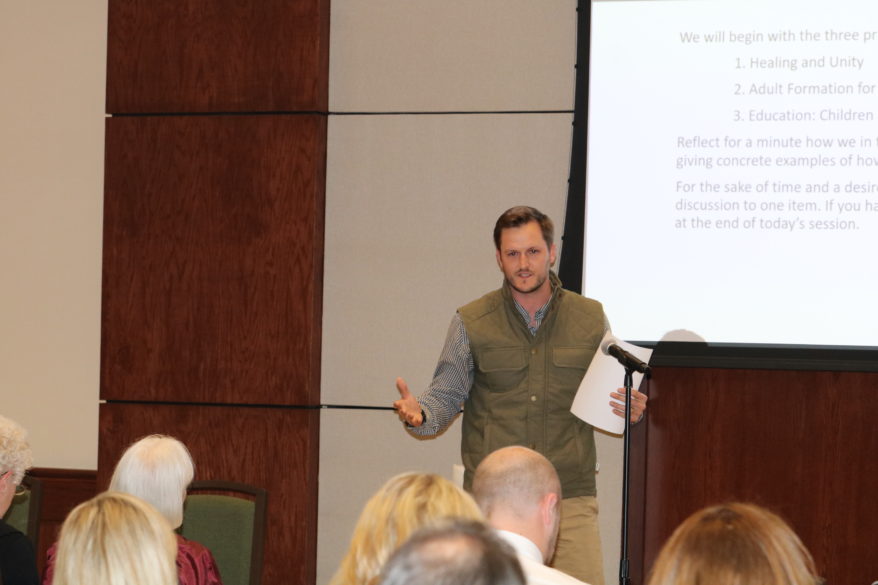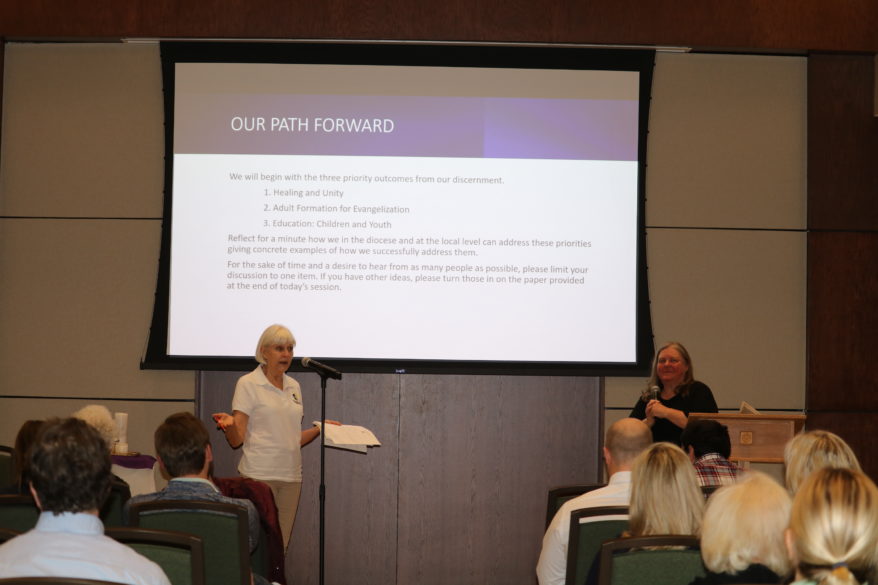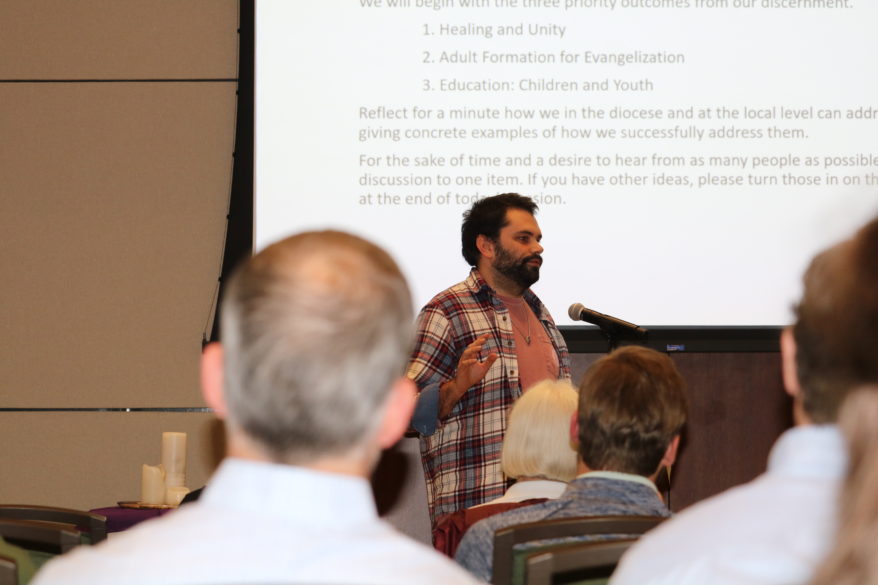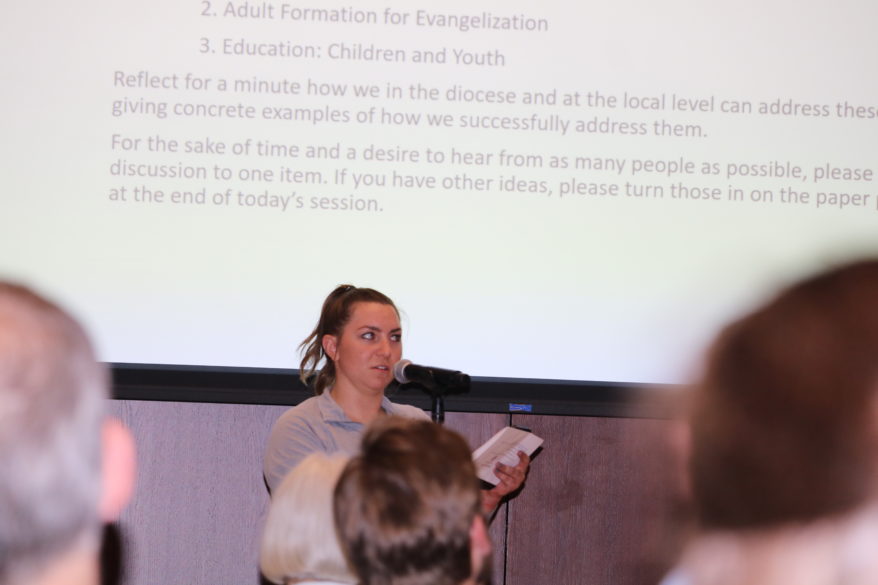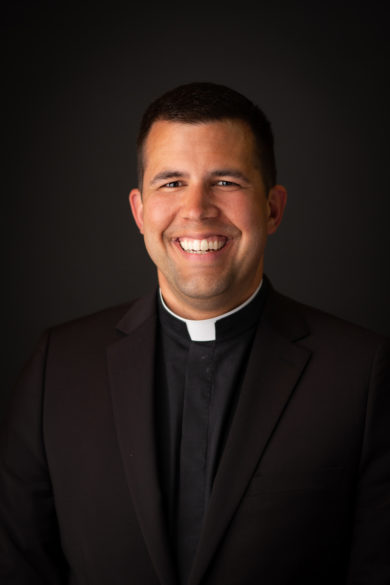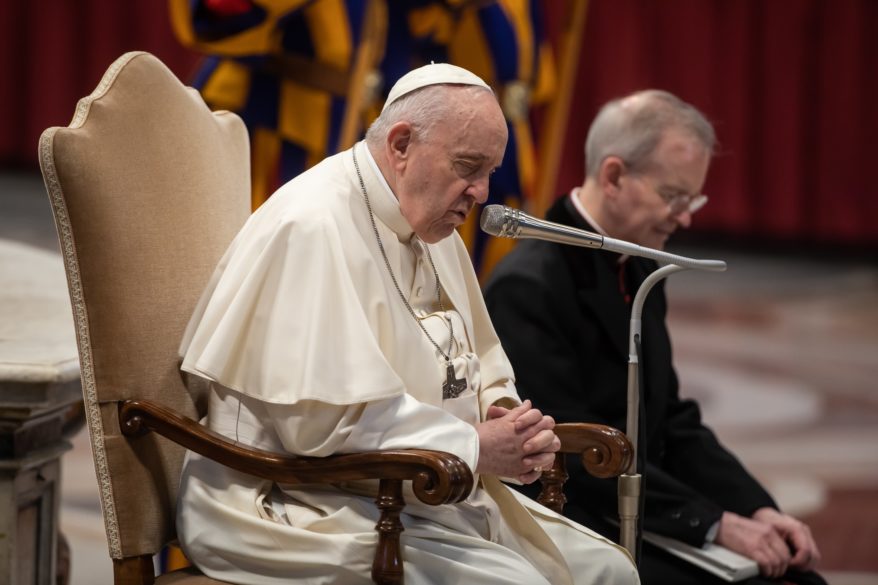En los próximos días entraremos en la conmemoración y celebración de la muerte y resurrección vivificante del Señor. Es Semana Santa y en este Domingo de Ramos fijamos nuestra mirada en Jerusalén con el anuncio del Relato de la Pasión del Evangelio de Lucas.
Desde la cruz en el Evangelio de Lucas, Jesús perdona a quienes lo crucificaron, acogió al ladrón arrepentido en el paraíso y encomendó su espíritu moribundo a Dios, su Padre, en amorosa sumisión. La pasión del Señor es una asombrosa historia de amor.
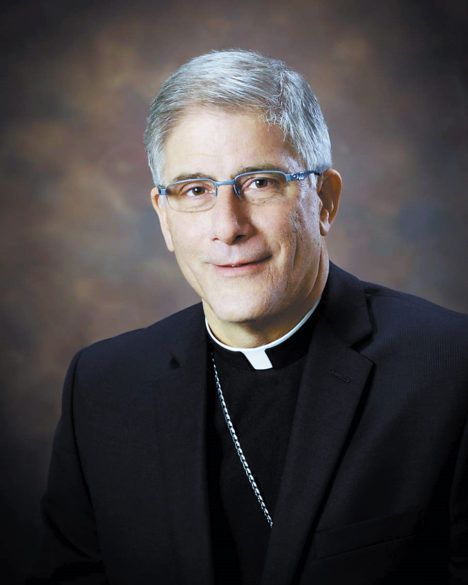
Para la mayoría de los fieles de la Iglesia Católica, el Domingo de Ramos culminará con la Misa de Pascua y la renovación de las promesas del Bautismo a la luz de la resurrección del Señor. Entre el Domingo de Ramos y la Pascua caminamos por fe, a través del Triduo Sagrado, compuesto por la Cena del Señor el Jueves Santo, la Conmemoración de la Pasión el Viernes Santo y la Vigilia Pascual el Sábado Santo por la noche celebrando la versión íntegra de la Semana Santa de la salvación, misión de nuestro Señor Jesucristo. Son liturgias reales que representan acontecimientos de hace casi dos mil años con el poder del Espíritu Santo para transformar nuestra vida y conformarla al Hijo amado de Dios en la humildad, la obediencia y la sumisión de la voluntad. Esta es la gracia y la belleza de la Semana Santa que nos espera.
El Jueves Santo y el Viernes Santo son el cumplimiento de la Pascua judía cuando el Siervo Sufriente derramó su vida por las ovejas. Durante la Conmemoración de la Pasión del Viernes Santo el profeta Isaías presenta la imagen del Siervo Sufriente como modelo para la crucifixión. “El Señor quiso oprimirlo con el sufrimiento. Y puesto que él se entregó en sacrificio por el pecado, tendrá larga vida y llegará a ver a sus descendientes; por medio de él tendrán éxito los planes del Señor. Después de tanta aflicción verá la luz, y quedará satisfecho al saberlo; el justo siervo del Señor liberará a muchos, pues cargará con la maldad de ellos.” (Isaías 53:10-11)
El obispo Robert Barron en su reciente publicación “Eucaristía” hace evidente, hábilmente, la relación indispensable entre el sacrificio y la genuina comunidad y comunión. Esto último no es posible sin lo primero. El obispo Barron aplica la historia de la Fiesta de Babette para arrojar luz sobre la necesidad de la muerte de Cristo en la cruz para la vida del mundo y para su cuerpo, la iglesia. La Eucaristía brota del cuerpo partido y la sangre derramada en el sacrificio. Las Escrituras reflexionan profundamente sobre este supremo acto de amor. “El amor más grande que uno puede tener es dar su vida por sus amigos.” (Juan 15:13)
Asimismo, en la Última Cena del Evangelio de Juan, el siguiente pasaje introduce el lavatorio de los pies de los apóstoles. “Jesús sabía que había llegado la hora de que él dejara este mundo para ir a reunirse con el Padre. Él siempre había amado a los suyos que estaban en el mundo, y así los amó hasta el fin.” (13:1)
San Pablo, que no estuvo presente en la Última Cena, pero experimentó el amor imperecedero del Señor después de la resurrección, tal como lo hacemos nosotros, anima nuestra fe en su carta a los Romanos. “¡Que si Dios está a nuestro favor, nadie podrá estar contra nosotros! Si Dios no nos negó ni a su propio Hijo, sino que lo entregó a la muerte por todos nosotros, ¿cómo no habrá de darnos también, junto con su Hijo, todas las cosas?” (8:31-32) “¡Nada podrá separarnos del amor que Dios nos ha mostrado en Cristo Jesús nuestro Señor!” (39) La obediencia y la humillación de Cristo brotaron de una disposición interior y de una perfecta voluntad de preferir nuestro bien al suyo, y nuestra vida a la suya.
La libertad genuina requiere sacrificio, y no hay mejor lugar para comenzar y terminar que teniendo “… unos con otros la manera de pensar propia de quien está unido a Cristo Jesús, el cual: Aunque existía con el mismo ser de Dios, no se aferró a su igualdad con él.” (Fil 2:5-6) La obediencia y la disposición interior del discípulo reposarán en la convicción de que “ … que si el grano de trigo al caer en tierra no muere, queda él solo; pero si muere, da abundante cosecha.” (Juan 12:24) Por lo menos la mayoría de las veces, el desinterés, la abnegación y el deseo del bien de los demás son las normas para nuestras vidas.
“Si alguno quiere ser discípulo mío, olvídese de sí mismo, cargue con su cruz y sígame.” (Mt 16:24) Mientras caminamos por la fe a través de la Semana Santa para seguir fielmente al Buen Pastor hacia la alegría de la Pascua, que la siguiente oración de San Ignacio de Loyola revele nuestra disposición interior.
” Tomad, Señor, y recibid
toda mi libertad,
mi memoria,
mi entendimiento
y toda mi voluntad;
todo mi haber y mi poseer.
Vos me disteis,
a Vos, Señor, lo torno.
Todo es Vuestro:
disponed de ello
según Vuestra Voluntad.
Dadme Vuestro Amor y Gracia,
que éstas me bastan.
Amén.


